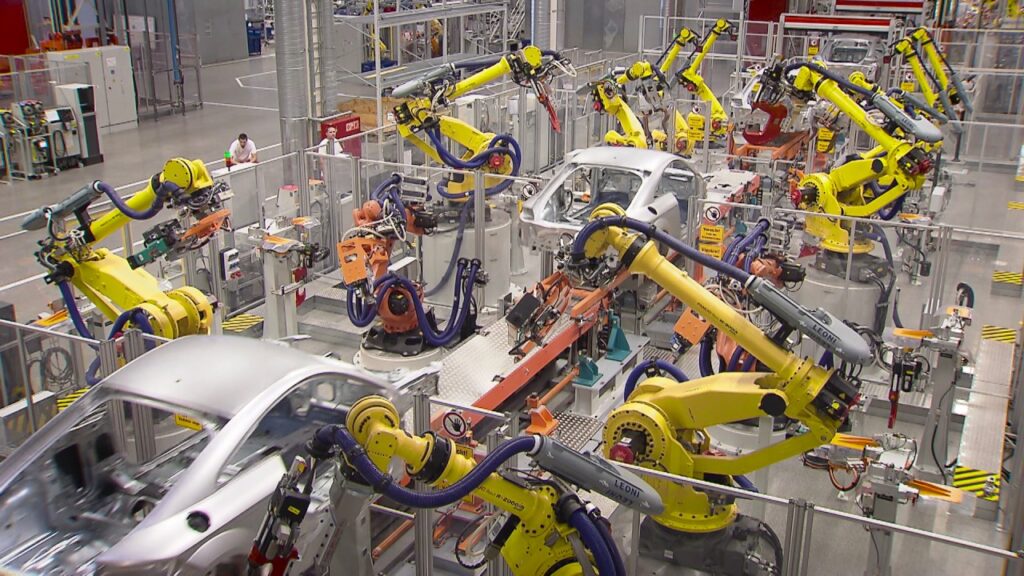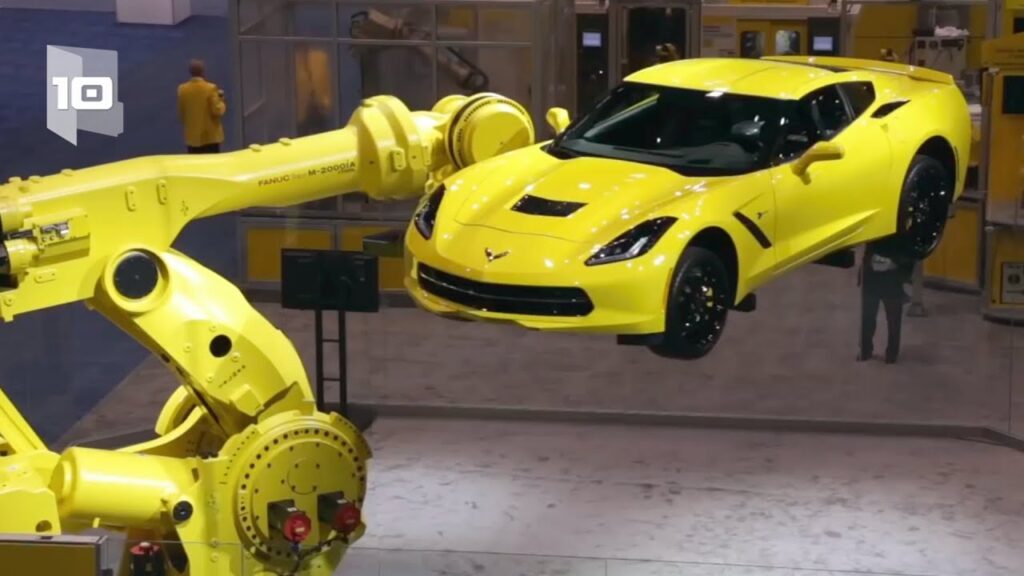**Title: Advancements in Industrial Robots Applications for Aerospace: A Game-Changing Era**
Introduction:
In the ever-evolving field of aerospace, advancements in technology are crucial for meeting the demands of modern manufacturing. One such technology that has revolutionized the industry is the use of industrial robots, specifically automated fiber placement (AFP). In this article, we will dive into the realm of AFP, exploring its pioneering applications in the aerospace sector and how it has redefined the manufacturing process.
Industrial Robots Applications in Aerospace: The Rise of AFP
Automated fiber placement is a technique that employs industrial robots to precisely lay composite fibers onto complex molds, facilitating the production of high-performance composite structures. This advancement has significantly streamlined the manufacturing process, offering numerous benefits, from increased productivity and cost-effectiveness to improved quality and flexibility.
As a long-time player in AFP for aerospace, Ingersoll Machine Tools has been at the forefront of this game-changing technology. With a relentless ambition to push the boundaries of what is possible, this company has not only transformed the way aerospace components are produced but also established itself as a leader in the industry.
AFP: A Case Study in Revolutionizing Aerospace Manufacturing
To truly understand the impact of AFP, let us delve into a case study that exemplifies its capabilities. In the realm of aerospace, where every ounce of weight reduction matters, the use of composites has become increasingly prevalent. And within this domain, AFP has played a pivotal role.
In the production of aircraft wings, for instance, AFP has expedited the process tenfold. The ability of industrial robots to swiftly lay down composite fibers with utmost precision has eliminated the need for time-consuming and manual labor-intensive processes. This has not only reduced production times but has also improved the overall quality and consistency of the manufactured components.
With AFP, the aerospace industry has witnessed a significant reduction in material waste, ensuring cost-effectiveness and environmental sustainability. The ability to optimize material usage has enabled manufacturers to achieve lightweight yet robust structures, enhancing fuel efficiency and overall performance.
Unveiling the Future: Advanced Robotics in Aerospace
While AFP has undoubtedly revolutionized aerospace manufacturing, the potential of advanced robotics in this domain is limitless. As technology continues to evolve, we can anticipate even more advanced applications and processes that will further enhance efficiency and productivity.
With increased automation, we can envision industrial robots taking on more complex tasks, such as assembly and inspection, previously reserved for human operators. This will not only free up valuable human resources but also lead to more accurate and error-free manufacturing processes.
Furthermore, the utilization of artificial intelligence (AI) and machine learning algorithms will enable robots to adapt to dynamic manufacturing environments, making real-time adjustments to optimize the production process. This, in turn, will ensure that manufacturers remain competitive in an ever-changing industry.
Conclusion
Ingersoll Machine Tools’ pioneering work in AFP for aerospace has paved the way for a new era of manufacturing. The advent of industrial robots and advanced robotics applications has not only transformed the aerospace sector but has propelled it into uncharted territories.
As we continue to witness advancements in technology, we can expect further developments that will redefine the manufacturing landscape. With AFP at the forefront, the aerospace industry is embarking on a journey toward increased efficiency, enhanced product quality, and unparalleled innovation.
Industrial robots’ potential in aerospace applications is boundless, and it is now up to manufacturers and innovators to embrace these advancements and push the boundaries of what is possible. The future of aerospace manufacturing is undoubtedly robotic, and the possibilities are truly limitless.
Industrial Robot
“Revolutionizing Robotics: Cutting-edge Applications of Advanced Technology in Aerospace and Industrial Sectors”


